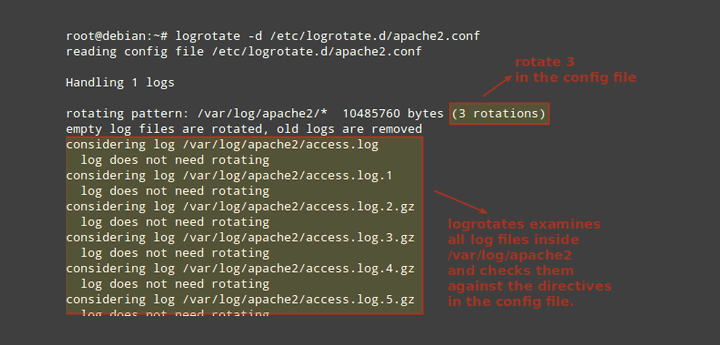
Install Qmail Centos 7 Disable Firewall
The posts outlines the steps to disable firewalld and enable iptables in CentOS/RHEL 7. Stop and disable firewalld. To begin with, you should disable Firewalld and make sure it does not start at boot again. To enable iptables, first we have to install the.
CentOS (RHEL) 7, has changed the firewall to use firewall-cmd which has a notion of zones which is like a Windows version of Public, Home, and Private networks. You should look to figure out which one you think you should use. EL7 uses public by default so that is what my examples below use. You can check which zone you are using with firewall-cmd --list-all and change it with firewall-cmd --set-default-zone=.

Asus motherboard drivers for p5gl tmx settings. You will then know what zone to allow a service (or port) on: firewall-cmd --permanent --zone= --add-service=http firewall-cmd --permanent --zone= --add-port=80/tcp You can check if the port has actually be opened by running: firewall-cmd --zone= --query-port=80/tcp firewall-cmd --zone= --query-service=http According to the, When making changes to the firewall settings in Permanent mode, your selection will only take effect when you reload the firewall or the system restarts. You can reload the firewall settings with: firewall-cmd --reload. To view open ports, use the following command. Firewall-cmd --list-ports We use the following to see services whose ports are open. Firewall-cmd --list-services We use the following to see services whose ports are open and see open ports firewall-cmd --list-all To add a service to the firewall, we use the following command, in which case the service will use any port to open in the firewall.
Firewall-cmd --add-services=ntp For this service to be permanently open we use the following command. Firewall-cmd —add-service=ntp --permanent To add a port, use the following command firewall-cmd --add-port=132/tcp --permanent To run the firewall must be reloaded using the following command.
Firewall-cmd --reload Ya Ali. While and provide correct and directly applicable approaches, it is useful to note that you can add your own services to /etc/firewalld/services. For inspiration, look at /usr/lib/firewalld/services/, where firewalld's predefined services are located. The advantage of this approach is that later you will know why these ports are open, as you've described it in the service file. Also, you can now apply it to any zone without the risk of typos. Furthermore, changes to the service will not need to be applied to all zones separately, but just to the service file. For example, you can create /etc/firewalld/services/foobar.xml: FooBar This option allows you to create FooBar connections between your computer and mobile device.
You need to have FooBar installed on both sides for this option to be useful. (For information about the syntax, do man firewalld.service.) Once this file is created, you can firewall-cmd --reload to have it become available and then permanently add it to some zone with firewall-cmd --permanent --zone= --add-service=foobar followed with firewall-cmd --reload to make it active right away. The top answers here work, but I found something more elegant in to a related question. The 'new' (firewalld-0.3.9-11+) --runtime-to-permanent option to firewall-cmd lets you create runtime rules and test them out before making them permanent: $ firewall-cmd --zone= --add-port=2888/tcp $ firewall-cmd --runtime-to-permanent Or to revert the runtime-only changes: $ firewall-cmd --reload Also see. Apparently firewall-cmd --reload may not work properly in some cases where rules have been removed. In that case, he suggests restarting the firewalld service: $ systemctl restart firewalld. To view open ports, use the following command.
Roland fantom x8 manual. SRX-04 Refill Patches for Fantom-X/S. Originally, this is intended for Fantom-S Series, however it can be convert loaded to Fantom-X Series by means of Fantom-X Editor software. Please refer to 'readme' documents for further details. For Product(s): Fantom-X6 / Fantom-X7 / Fantom-X8 / Fantom-XR / Fantom-Xa / SRX-04 / Fantom-S / Fantom-S88.
Firewall-cmd --list-ports We use the following to see services whose ports are open. Firewall-cmd --list-services We use the following to see services whose ports are open and see open ports firewall-cmd --list-all To add a service to the firewall, we use the following command, in which case the service will use any port to open in the firewall. Firewall-cmd --add-services=ntp For this service to be permanently open we use the following command. Firewall-cmd -add-service=ntp --permanent To add a port, use the following command firewall-cmd --add-port=132/tcp --permanent. If you are familiar with iptables service like in centos 6 or earlier, you can still use iptables service by manual installation: step 1 => install epel repo yum install epel-release step 2 => install iptables service yum install iptables-services step 3 => stop firewalld service systemctl stop firewalld step 4 => disable firewalld service on startup systemctl disable firewalld step 5 => start iptables service systemctl start iptables step 6 => enable iptables on startup systemctl enable iptables finally you're now can editing your iptables config at /etc/sysconfig/iptables.